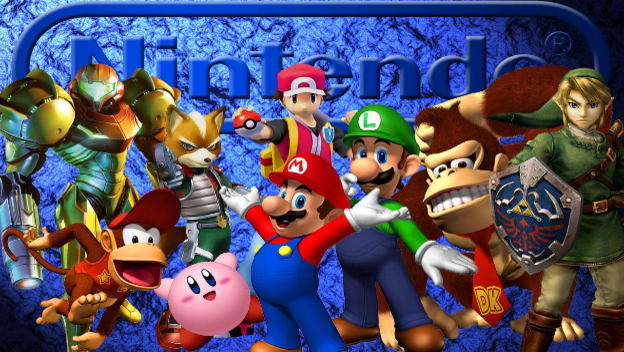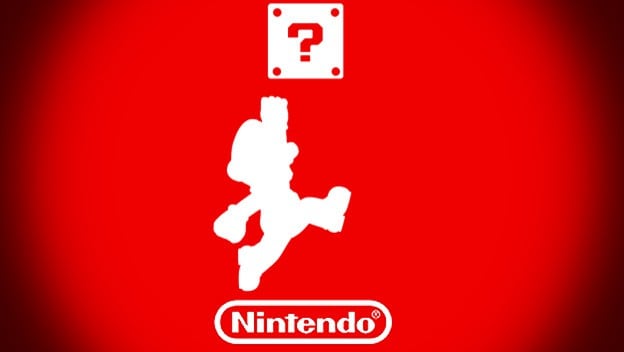Once upon a time, Nintendo was at the forefront of innovation in games, revolutionizing the industry from the arcade to the home. From there, the sky was the limit. Super Mario and The Legend of Zelda are hallmarks in the history of video games, showcasing technology’s ability to not only create a game, but an extremely entertaining one at that. These amazing innovations seem to have slowed down quite a bit in recent years, as is inevitable for any technology. The evidence of this is overwhelming and apparent fiscally, in the hardware, and in the games themselves.
For fiscal statements, we turn to Nintendo itself, which had posted its first operating profit in four years in May 2015, it earned 24.8 billion yen ($208 million) for the fiscal year, compared to an operating loss of $390 million the previous year. Net profit was $350 million, up from $195 million in 2014. The numbers beat company forecasts largely because of a weak Yen. Despite that advantage, revenue continued a years-long decline, sliding from $4.8 billion in 2014 to $4.6 billion in 2015. Furthermore, sales of the 3DS are continuing to decline, dropping from 12 million in 2014 to 8.7 million in 2015. And while the Wii U’s sales had increased a bit from its disastrous start, its sales of 3.4 million for 2014 were still off from company projections of 3.6 million. The 3DS has sold 52 million units in its lifetime, while the Wii U has sold just 9.5 million ( TIME ).
Nintendo’s consoles have been the cutting edge of change and revolution, but has that been for the best? Sony has barely altered its controllers since the PS1, nor has Microsoft since the original Xbox. Nintendo, however, has changed its controllers with each new console – the most significant of these changes being the Wii Remote. That being said, it’s clear from the fiscal numbers that novelty of the new console wore off within a few years. Despite Microsoft and Sony copying the motion controls to the best of their ability, not many people seemed very interested in the not yet up-to-par gameplay. By the same token, Nintendo’s recent consoles are also known for being graphically underpowered. Although I’d argue that graphics don’t make a game, this has led to a decline in support from Western companies, and some gamers are tired of the apparently “outdated” graphics on Nintendo consoles and seek out their games in other places.

Finally, the games from Nintendo itself, like Zelda , Pokémon, Starfox, Mario, and Kirby , are not what they once were. For Zelda , there has been little innovation since Ocarina of Time on the N64 and the same can be said for most of Nintendo’s game series. They are simply making a variation on the same story with new game mechanics, strategies Assassin’s Creed and other annual releases have been using for years. Frankly, it gets old fast.
All of this isn’t to say that Nintendo is going to claim bankruptcy anytime soon, but its empire is definitely falling from the pedestal of innovation upon which it once stood. Unless Nintendo takes its games and consoles in entirely new directions with the NX, it’s going to be the same. The graphics will be slightly better than the Wii U, and the new Zelda release for it will have an awesome new mechanic with a slightly bigger world. No new story (save Hyrule), no innovative gameplay (the Water Temple will still suck), and entirely uncreative characters (Zelda will still be a superficial princess). If that’s what you want from Nintendo, than you’re the ones keeping it from being just another Sega story.
